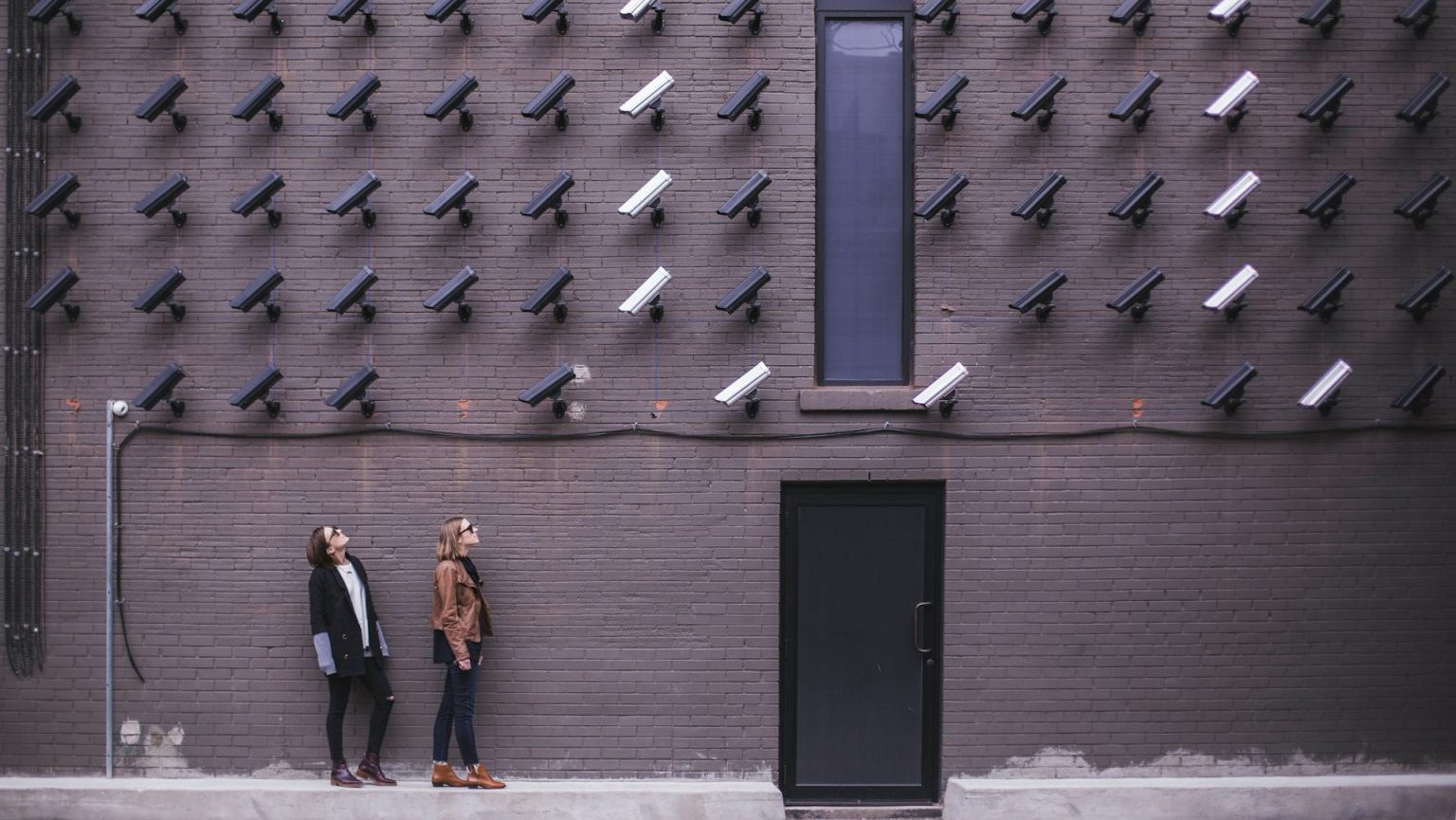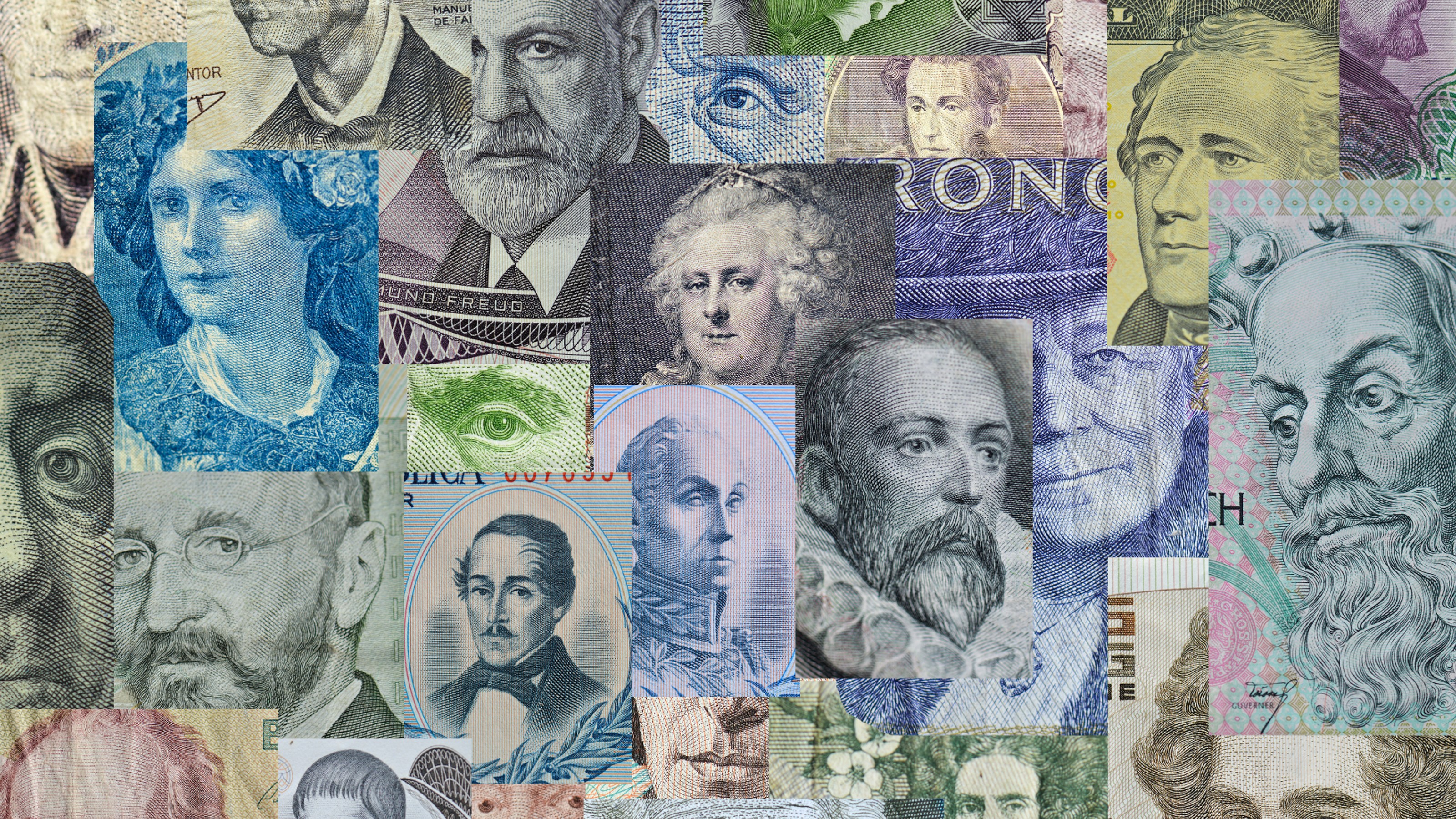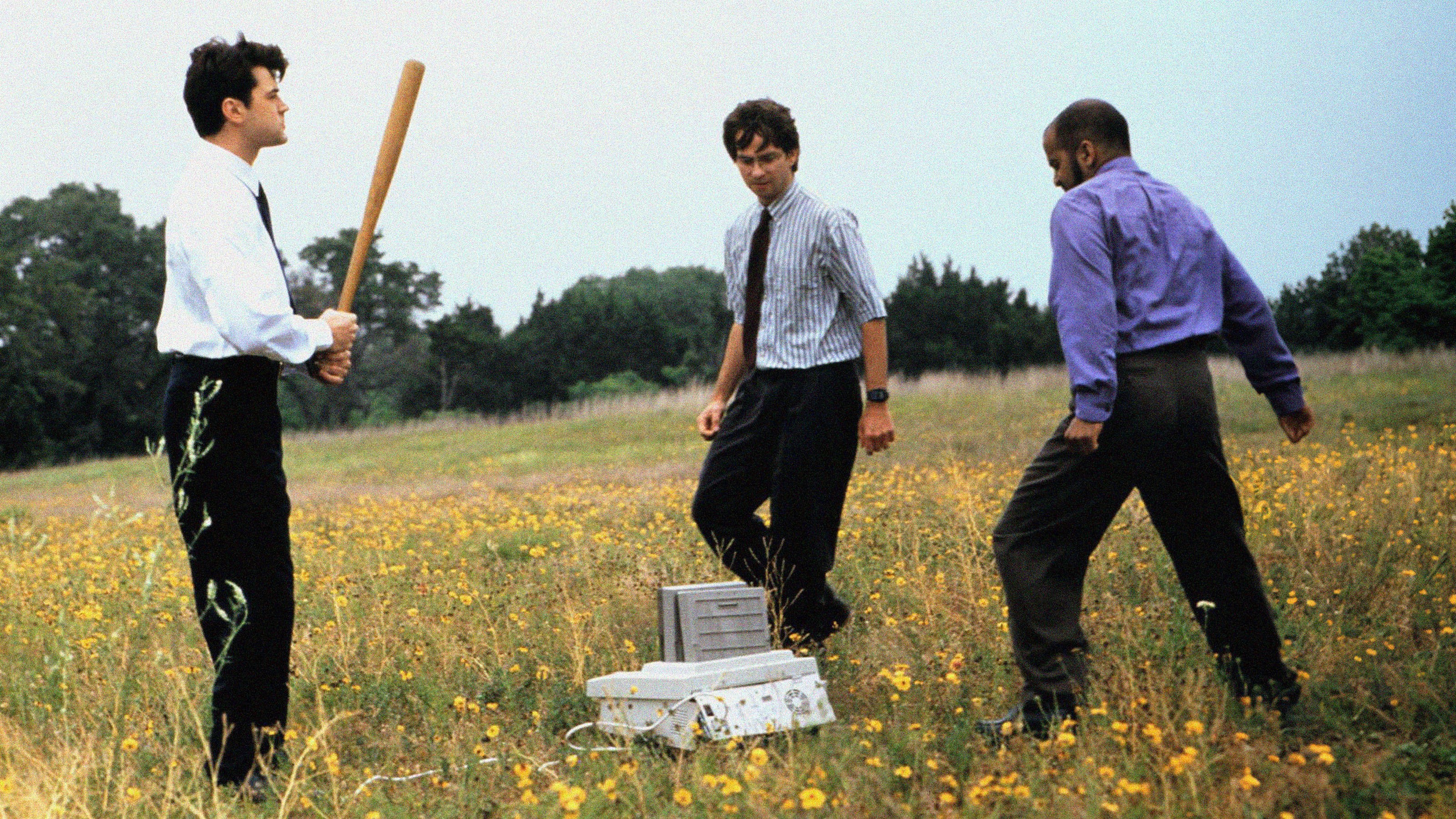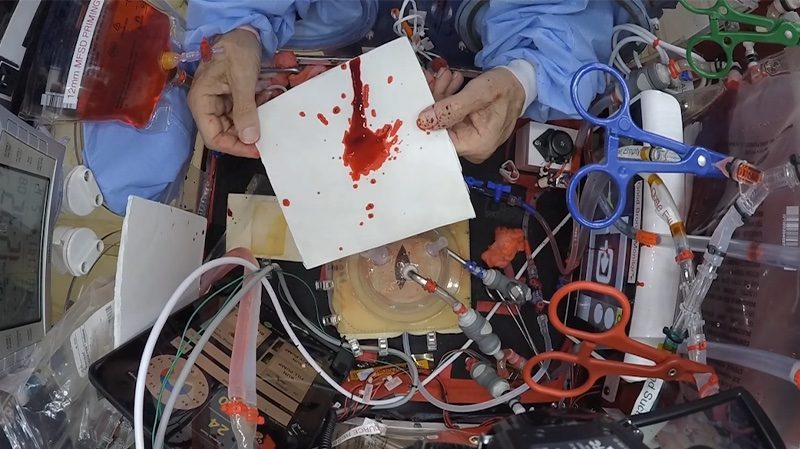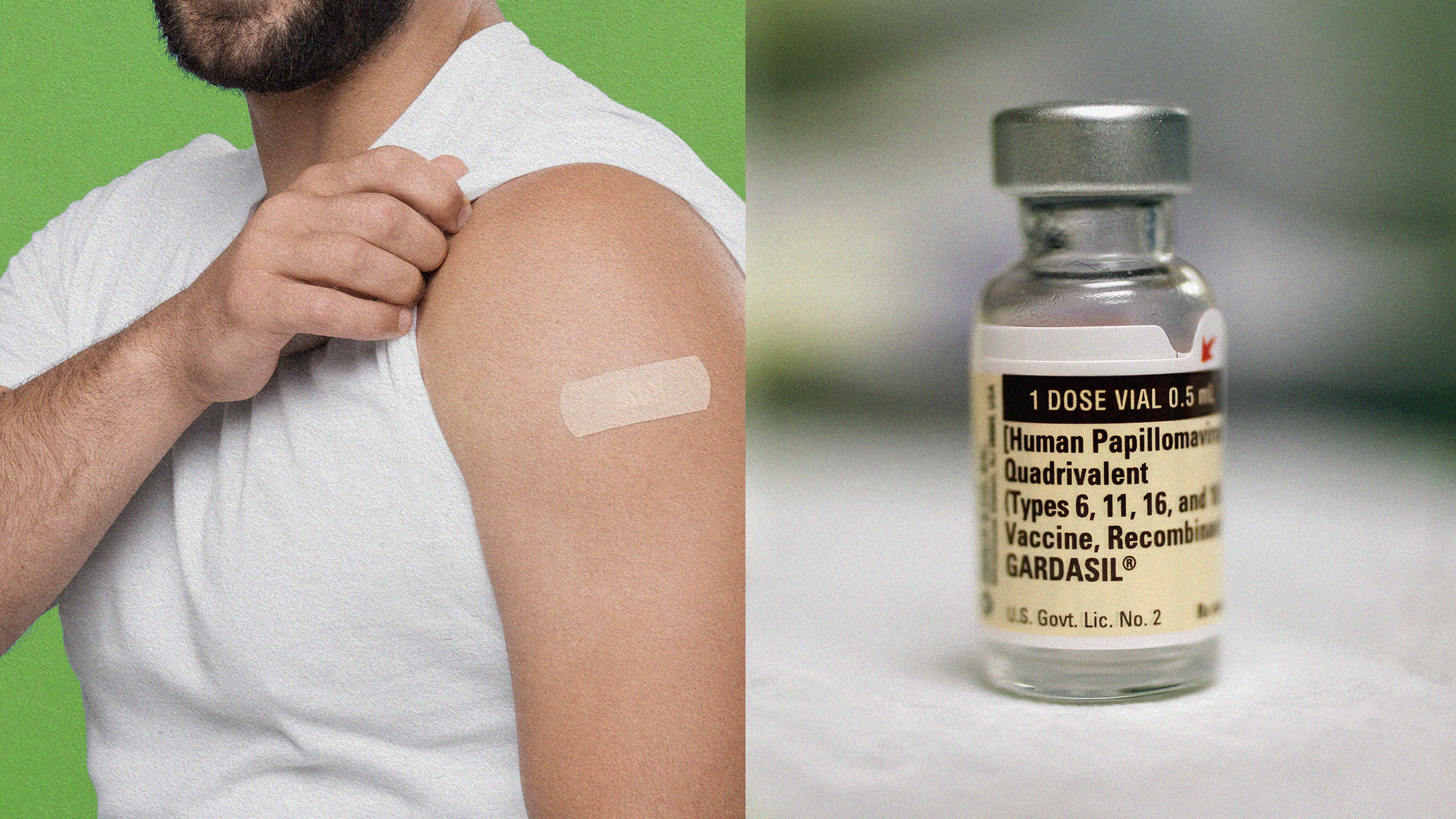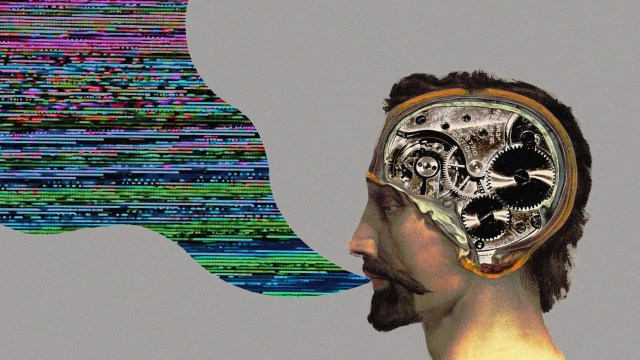Johnson & Johnson COVID-19 vaccine authorized: Here’s what makes it unique
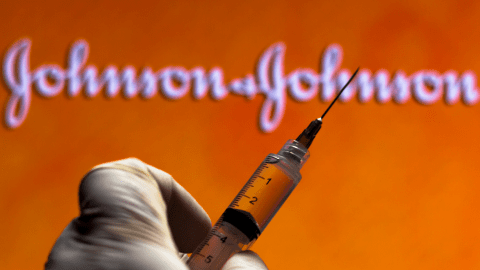
Credit: Rafael Henrique via Adobe Stock
- The FDA and CDC recently authorized the distribution of Johnson & Johnson's COVID-19 vaccine.
- It will soon be the third vaccine available in the U.S., the other two being vaccines produced by Pfizer-BioNTech and Moderna.
- The new vaccine has a lower efficacy rate, but clinical data suggest its highly effective at preventing hospitalization and death.
A Food and Drug Administration committee is set to vote Friday (February 26) on recommending the approval of Johnson & Johnson’s COVID-19 vaccine for emergency use. If the FDA’s Vaccines and Related Biological Products Advisory Committee recommends approval, the next step would be getting a green light from the Centers for Disease Control and Prevention, which could authorize the distribution of up to 4 million doses of the vaccine as early as next week.
Approval from the CDC would make Johnson & Johnson’s vaccine the third available vaccine in the U.S., joining those currently being distributed by Pfizer-BioNTech and Moderna. The U.S. government has already purchased 100 million doses of the Johnson & Johnson vaccine.
On Wednesday, the FDA released an analysis of clinical trial data on Johnson & Johnson’s vaccine saying “there were no specific safety concerns identified in subgroup analyses by age, race, ethnicity, medical comorbidities, or prior SARS-CoV-2 infection,” and that the vaccine was “consistent with the recommendations set forth in FDA’s guidance Emergency Use Authorization for Vaccines to Prevent COVID-19.”
So, what are the key differences between the three vaccines?

Credit: Mediteraneo via Adobe Stock
What makes Johnson & Johnson’s vaccine unique is that it’s effective after just one dose, while the vaccines produced by Pfizer-BioNTech and Moderna require two doses administered over several weeks.
And unlike the other two vaccines, Johnson & Johnson’s vaccine doesn’t need to be frozen during shipping and storage, it just needs to be refrigerated. That’s because the vaccine protects against COVID-19 by delivering coronavirus proteins to the body through a common cold virus known as adenovirus type 26. In contrast, the other two vaccines perform a similar function, but they do it through mRNA, which is more delicate and requires freezing.
Not having to freeze the single-shot vaccine will make it cheaper and easier to distribute across the country, and it could result in many more people getting vaccinated.
But it’s worth noting that Johnson & Johnson’s vaccine doesn’t seem to be as effective as the other two vaccines. According to the FDA analysis, the vaccine is about 66 percent effective at preventing moderate to severe cases of COVID-19, “when considering cases occurring at least 28 days after vaccination.” Meanwhile, clinical data show that the Pfizer-BioNTech and Moderna vaccines are about 95 percent effective at preventing severe cases of the disease.

Credit: peterschreiber.media via Adobe Stock
Still, that doesn’t necessarily mean Johnson & Johnson’s vaccine is inferior. The FDA analysis found that nobody who received the Johnson & Johnson vaccine was hospitalized or died due to COVID-19 (at least among cases that occurred 28 days after getting the shot).
So, while some people who receive the Johnson & Johnson vaccine may still contract coronavirus, the vaccine does seem to significantly reduce the severity of COVID-19. The same holds true for the other two vaccines: Getting the shot (or shots) won’t completely protect you from the virus, but it does protect you from the disease, reducing the chances of becoming hospitalized or dying to almost zero.
But what’s less clear is the extent to which the vaccines prevent the spread of the novel coronavirus. Because the vaccines don’t completely protect against infection, it might be possible for a vaccinated person to spread the virus. But COVID-19 vaccines might make transmission less likely.
After all, even if a person who gets vaccinated contracts the coronavirus, the virus would have a harder time replicating in their body, because the vaccine bolsters the immune response. So, one would expect that person to “shed” less of the virus out of their mouth and nose. In short: fewer infections means less replication, less shedding, and less transmission.
That’s the theory, anyway.
Scientists are still working to understand how exactly these vaccines affect transmission. But early data is promising. In a preprint paper published on medRxiv, Israeli researchers measured the amount of coronavirus within about 2,900 people who had received the Pfizer-BioNTech vaccine.
“Analyzing positive SARS-CoV-2 test results following inoculation with the BNT162b2 mRNA vaccine [the Pfizer vaccine], we find that the viral load is reduced four-fold for infections occurring 12-28 days after the first dose of vaccine,” the paper said. “These reduced viral loads hint to lower infectiousness, further contributing to vaccine impact on virus spread.”
But until the data on vaccines and transmission become clear, the CDC recommends that vaccinated people still wear masks and practice social distancing.
UPDATE: The CDC voted on Sunday to recommend the vaccine for the United States. CDC Director Dr. Rochelle Walensky signed off on the recommendation.
